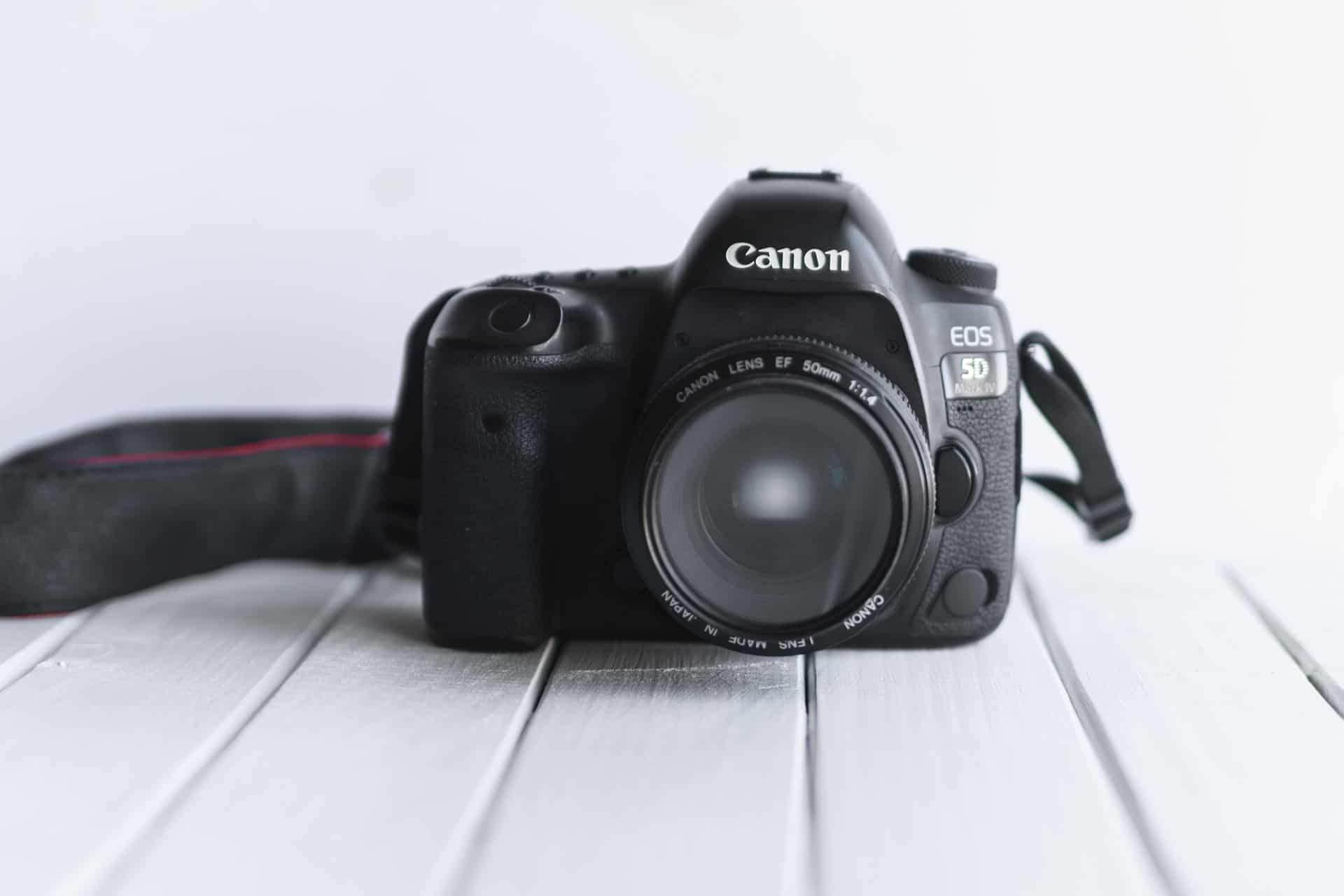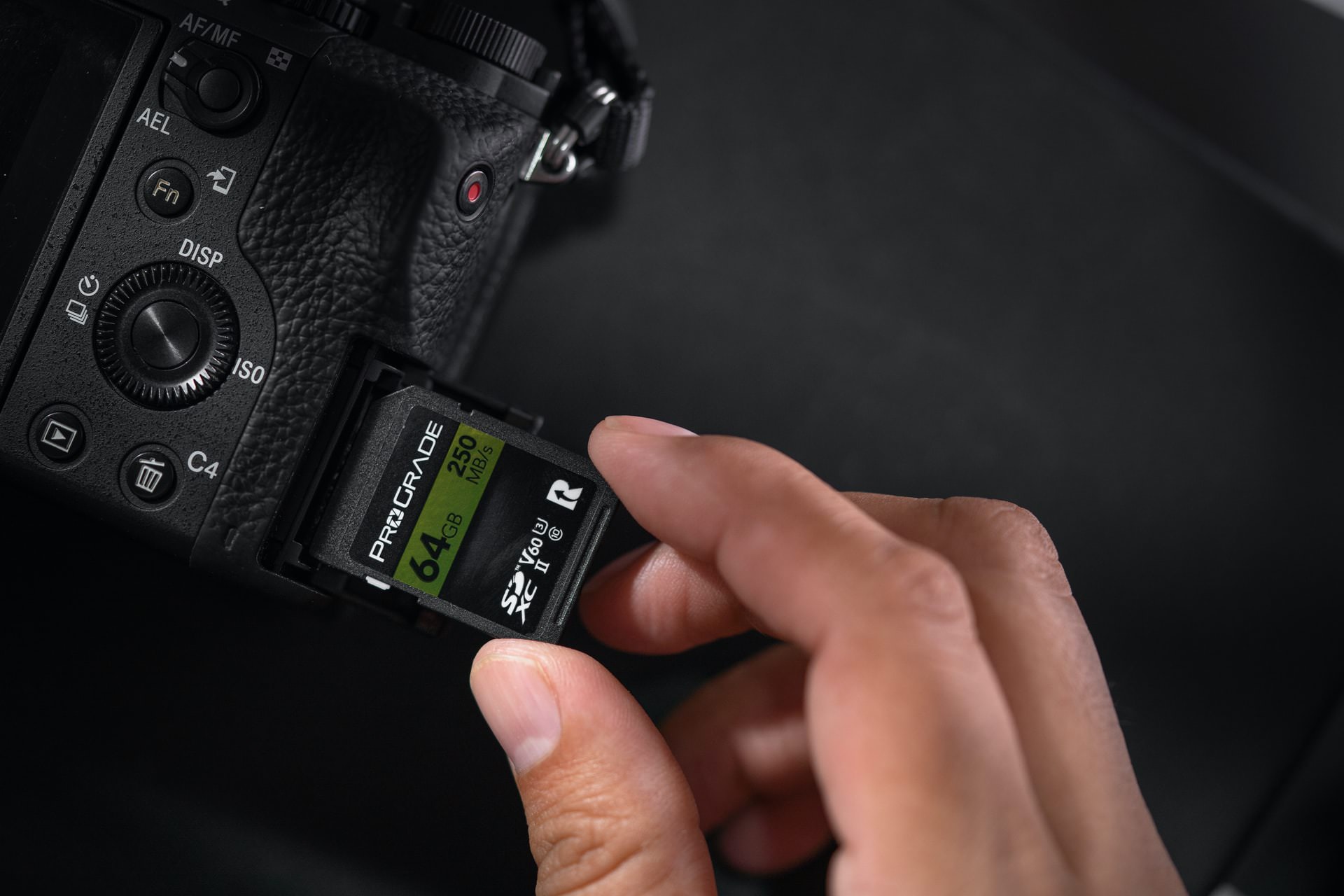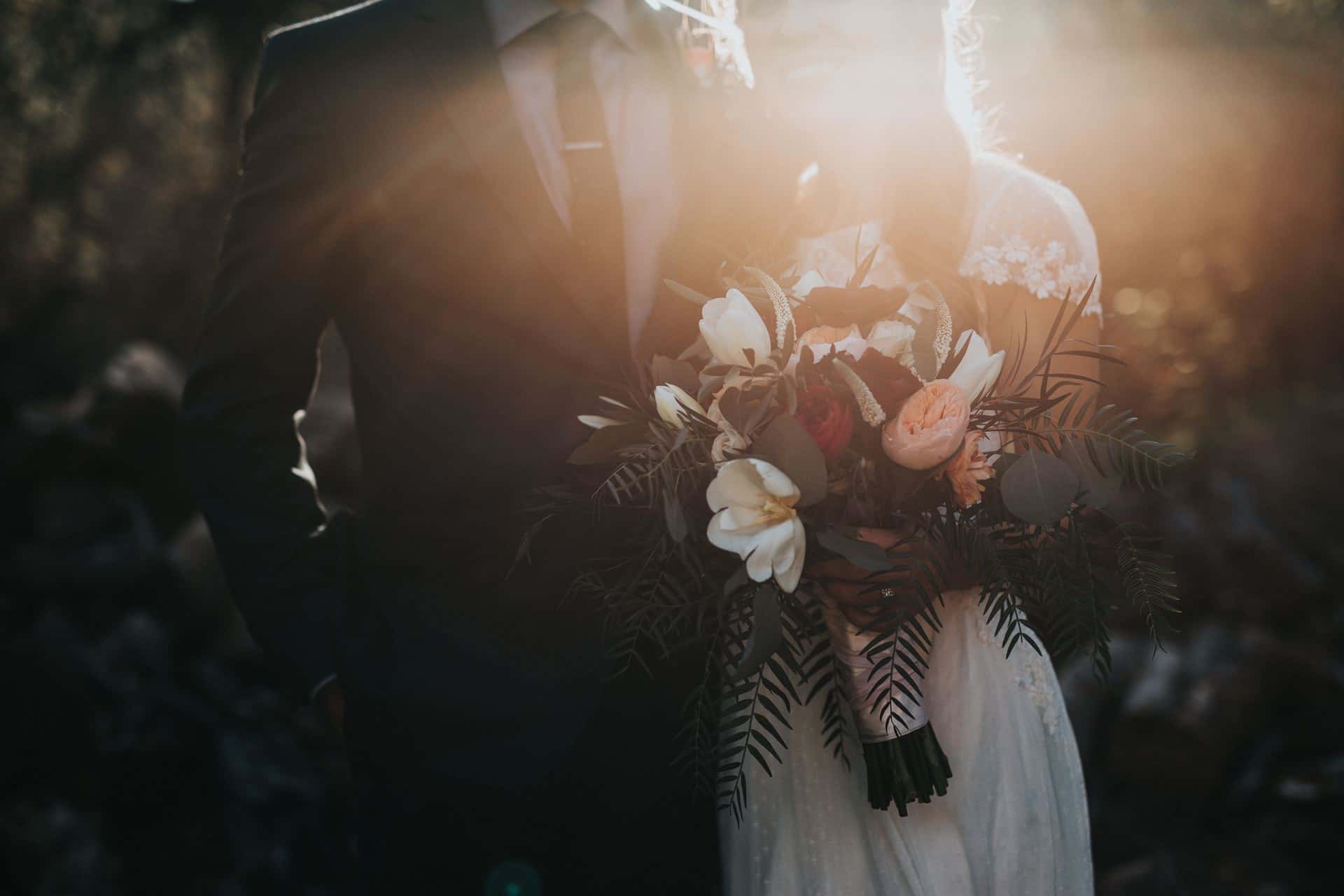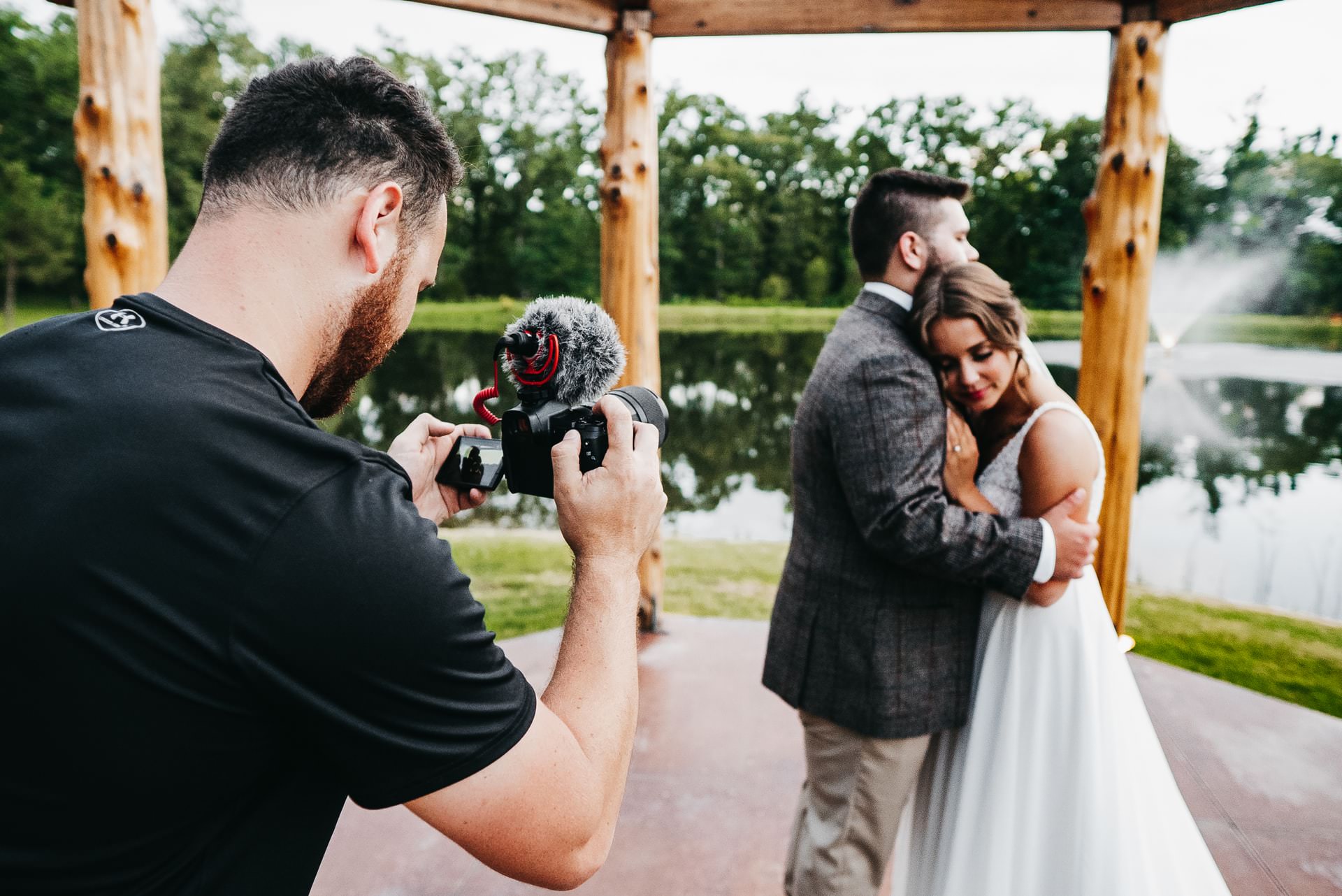Last updated on December 22nd, 2022
When you want to build a business as a wedding photographer, your photography is not just about taking images. Of course, you need to know the basics of composition, lighting, and image editing. In this guide, you’ll learn how to become a wedding photographer.
How you promote your business, the way you handle your clients, and even nuances of financial planning become a major chunk of your workload.
In short, becoming a successful wedding photographer will require you to take on multiple roles like an entrepreneur, a social media manager, a financial planner, and even a psychologist who can judge the client’s needs.
This short guide will help you get started on the right track.
In five simple steps, you will be able to get an idea of how to begin establishing a career as a wedding photographer and growing it into a flourishing business.
Related: 10 Best Cameras for Wedding Photography
Pin for Later

How to Become a Wedding Photographer
1. Understand Your Camera

Of course, before you build your photography business, you need to understand your camera in and out. Even before that, you need to choose a camera that will be suitable for wedding photography — a point-and-shoot won’t cut it.
Some of the basic features that become a must are reliable autofocus, accurate face detection, a high frame rate — to ensure that you do not miss any moment — good dynamic range, and dual SD card slots for instant back-ups.
You should also keep in mind that some of your budget needs to be allocated to getting good lenses, so that you can switch seamlessly from close-up portraits to wide-angle group shots. Many professional photographers will carry two cameras to avoid precious time changing lenses.
Nikon D850, Canon 5D Mark IV, and Sony a7 III are excellent choices for wedding photography. Their full-frame sensors and advanced features are explicitly aimed at professionals.
If you are on a tight budget, you can consider crop sensor cameras like Fujifilm X-T4, Canon 80D with its useful Dual Pixel AF, or the Sony a6600.
Once you have your camera, you can begin practicing. Learning techniques like leading lines and back-button focusing will help you get the perfect shot. Also, reading up on the theory of aperture, shutter speed, ISO, and ND filters will be helpful.
These small things will enable you to take complete control of your camera. Whether it is creating an out-of-focus background for the bride’s portrait, or taking a shot of the wedding décor in harsh sunlight, you’ll have no problem getting the effect you want.
2. Get the Essentials Set Up

There are a few essential things that a wedding photographer needs, other than a suitable camera. To maintain good lighting — especially indoors — you should invest in a dedicated flash.
Modern flashes come with systems that help you control the timing and intensity very well, eliminating harsh shadows and red eyes common with on-body flashes.
Nowadays, with pre-wedding photoshoots becoming common, many clients will also want staged portraits with studio lighting. For this, you will need diffusers, reflectors, and lightboxes. These will help you create even tones and neutral backgrounds, and can be found online at low prices.
You must also create a setup for post-processing. Even if your photos are great, you will need to get a Photoshop or Lightroom subscription and learn the basics of editing. Fixing exposure and white balance, removing a few pimples, and adding sharpness to blurry areas are essential techniques every photographer needs to know.
And since your clients are paying for the photos, you cannot afford to lose them if your camera falls and breaks or your laptop’s hard drive crashes.
Therefore, investing in a camera with dual SD card slots will be preferable, as you will always have two copies of each image in real time. And then, you can directly create a backup using SSD hard drives or cloud storage for photos, which copy images quickly and are highly secure.
A cloud storage service will be more convenient for most, as the photos become accessible online from anywhere, and you also have more options for organizing and sharing different sets of albums.
3. Practice and Find Your Style

With a strong foundation ready, the next step is practicing as much as possible.
It will take at least a few weeks to master your camera’s menus and options. And after a few months of practice, you will be able to change each setting with your eyes closed.
This may sound like a lot. But when you’re a wedding photographer, you need to be able to adapt to the changing light, different locations, and moving people with speed. Proper practice will pay off when your client list starts growing exponentially.
The most effective way to start growing as a photographer is to start as an assistant for one. You can apply for a job at a photo studio, work under an established photographer, or become a freelancer for a local magazine. One can even begin simply by clicking high school graduation shots or portraits for friends and family.
Another huge advantage of continuous practice is that you begin to find your unique style — the way you shoot images and use it to create a fantastic portfolio. Some photographers like minimal compositions, some prefer photos with lots of colors and saturation, and others will focus on candid moments and funny poses.
It is up to you to find your voice using the camera and create a distinctive look in your imagery. With a portfolio of your best work ready for showcasing, you will be able to explain your style to your clients and give them an idea of your abilities and perspective.
The most important thing is to take that first step.
4. Price Yourself Smartly

Financial planning is one of the most critical steps for any budding business. If you price your services too high, you won’t get many clients; if you price yourself too low, you won’t make any profit.
First, a good step is to analyze what other wedding photographers in your area charge. Compare the quality and quantity of their images with your own, and then price yourself accordingly.
For example, in New York City, the average photographer charges $4000 to $5000 to cover about 10 hours of the wedding day. In the suburbs, the same services will cost about $2000-$3000.
You will also need to include the cost of equipment, hard drives, travel to and from the venue, album printing charges, etc., while setting your price.
If you want to give your clients a hardcover album of the wedding day photos they choose, even that will make the cost go up. All these ‘input’ costs plus your profit margin — the money you get to keep as your ‘income’ — will be the price you charge from your clients.
So, decide your price after judging your level of photography and your expenses per wedding. Once you establish your name and the number of your clients starts to grow, you can begin charging a bit extra.
5. Grow Your Business

You have the essential equipment and you have your skills.
Now, the only thing left is to promote your name and grow your business. And in today’s world of social media and online promotions, putting your name out there has become relatively easy.
Having an active website with a short portfolio, sample images, contact details, and a list of what you offer as part of your wedding package will be helpful.
You can top this off with an Instagram and Facebook account, where you can upload your recent work, create videos and fun reels with your clients, follow other photographers and let potential clients DM you for details.
There’s also the old-school yet effective method of posting ads in your local magazine and photography journals. Some magazines will even let you promote your work if you submit a few articles or feature your name when they use your images.
With some marketing and regular posts on social media combined with word of mouth, you can expect requests to pile up pretty soon.
From here on out, you can choose to continue working independently, hire a couple of assistants to help you out and build your team, or join a photography agency that will procure clients and manage your calendar on your behalf for a commission.
Conclusion
Wedding photography is a demanding profession, but there’s also no shortage of demand for wedding photographers.
All you need to establish a fulfilling wedding photography career is the right camera equipment, the right skills, and a few good events at the start.
Once you get going and start turning your client’s wishes into actual images, there will be no stopping.
And after you deliver great photos from one of the most memorable days of their lives, your clients themselves will become your best sources of promotion.
Of course, apart from these five general steps, there will be many other minor details you will need to take care of. But this guide is designed only to set you off in the right direction, describing the essential stepping stones you need to keep in mind.
As long as you keep improving your work and pricing your services smartly, your photography business will keep growing too.
Frequently Asked Questions
How many weddings are there in a year in the United States?
Weddings are a special moment for couples to celebrate their love with the people closest to them, and how much sense of joy can be found in that! Every year in the United States, millions of weddings are held. Given how 2.5 million weddings are expected to take place this 2023, it has never been a better time to become a wedding photographer.
From the traditional white gowns and tuxedoes to colorful dresses and suits contemporary couples dare to wear, there is so much beauty and nostalgia around a wedding that photographers should be grateful for the opportunity to have such unique memories in their hands. What an amazing world we live in.
Can you use an APS-C camera for wedding photography?
If you’re a budding photographer looking to make it in the lucrative wedding photography industry, you’ll want a camera that is capable of capturing breathtaking images. While many pros are now using full-frame cameras to get the most out of their lens selection and create stunning visuals, starting with an APS-C camera instead of a full-frame model can be a cost-effective solution to becoming a wedding photographer.
APS-C cameras like the Nikon D5600 and Canon EOS 7000D offer excellent image quality and easier portability compared to full-frame variants, as well as fast autofocus — all crucial features for capturing perfect moments at weddings. So yes, you can use an APS-C camera for wedding photography — just ensure that you’ve mastered how to use it properly beforehand.
How much do most wedding photographers make in the United States?
Becoming a wedding photographer is not just about having an eye for visuals; it’s also about building up your business. With the average US wedding costing over $30,000, couples are willing to invest in a quality photographer to capture a ceremony that is personalized and meaningful to them.
As a result of this, most wedding photographers make above $50,000 annually — some even scale their businesses to six-figure salaries. That said, one thing is for sure: if you really want to take your photography to the next level and become a successful wedding photographer, dedication and consistency will be necessary for success.
Aside from honing your photographic skills–like mastering how to work with natural light or how best to capture candid moments–you’ll need to research how you can market yourself better so that your target audience can get the word out about how amazing your services can be.
Is it hard to get into wedding photography?
Absolutely, wedding photography requires a high level of skill and experience as well as an artistic eye for capturing the beauty and emotion of the occasion. You need to understand composition, light, posing, technical aspects such as camera settings and lenses, post-processing techniques, and more. Additionally, you must be able to manage your client’s expectations while coordinating with multiple vendors on location. It takes a lot of commitment and hard work to become a successful wedding photographer, but it can definitely be done with dedication.
There are many great resources out there to help aspiring wedding photographers learn the ropes. From courses and workshops to online tutorials and books — studying up can help make sure you know what you’re doing before you start shooting weddings professionally. Joining a photography group or attending a local meetup can also be great ways to connect with other wedding photographers and gain more insight into the industry.
Overall, if you’re willing to put in the effort and learn as much as you can before taking on your first client, you can likely make it as a wedding photographer. Good luck.
What qualifications do you need to be a wedding photographer?
To become a successful wedding photographer, you will need to have some basic photography skills and knowledge. You should be familiar with the technical aspects of photography, such as aperture, shutter speed, exposure compensation, and white balance. Additionally, it is beneficial to have an understanding of different lighting setup options, how to use reflectors and scrims, and how to properly pose people for optimal results.
Additionally, having a creative eye and keen attention to detail are essential qualities for wedding photographers. It’s important to be able to capture the emotion of the day through visuals that accurately tell the story of the couple’s special day. Being comfortable interacting with people from various backgrounds can also help you as a wedding photographer in order to build relationships with your clients.
Finally, having a good portfolio of past wedding photography work is essential. Having your own website or social media page to showcase your work can help you build your client base and establish yourself as a professional wedding photographer. Additionally, being able to edit photo sets quickly and efficiently will ensure that the couple gets their photos in a timely manner and are satisfied with the final results.

